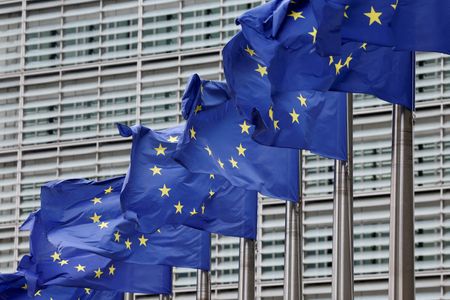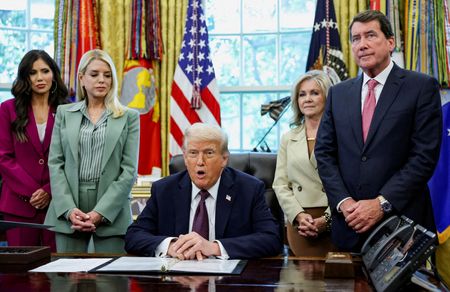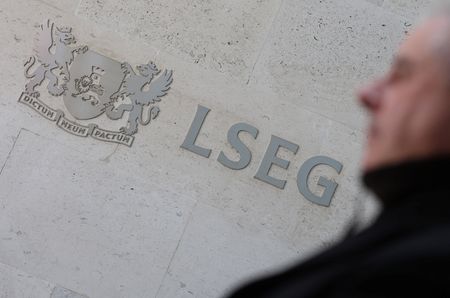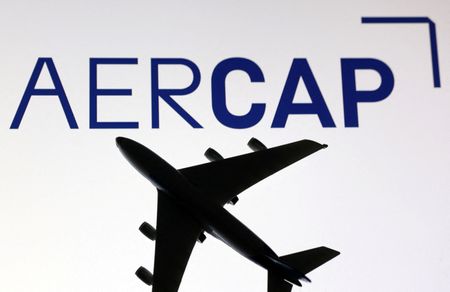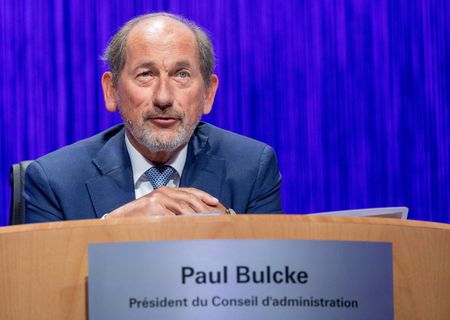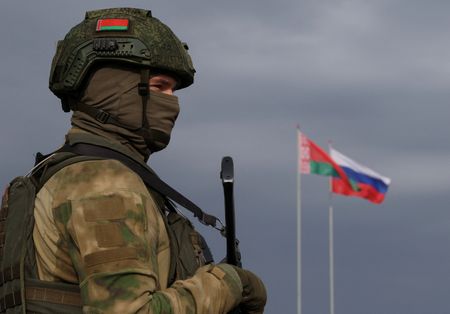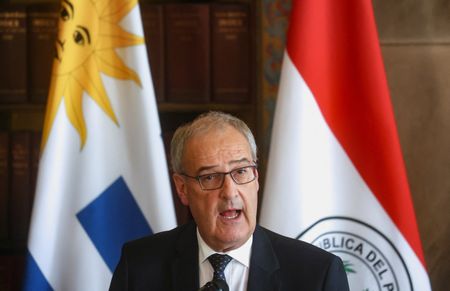By Duncan Miriri
NAIROBI (Reuters) -The European Union will likely miss its target of directing a quarter of aid spent on expanding trade to the least developed countries by 2030, a study by the EU’s auditors showed on Tuesday, a finding the bloc said it would assess.
The “Aid for Trade” initiative, launched in 2005 by the World Trade Organisation to boost development in poor countries, stretches across a range of measures from building physical infrastructure like roads or ports to enhancing trade policy and regulation, or building capacity in sectors like agriculture.
The assistance is usually provided in the form of grants and low-priced credit and accounts for a fifth of overseas development assistance, according to the WTO website.
The EU set the target in 2017 after reviewing its strategy to address poor countries’ development needs more efficiently, but failed to draw up a concrete plan to ensure the goals were met, the European Court of auditors said in a report.
SHARE OF FUNDING DECLINING
“The funding rate has actually fallen recently instead of rising,” the auditors said in a statement.
The EU allocated 17.2 billion euros ($20.2 billion) through the Aid for Trade programme to least developed countries in the half-decade to 2022, the study found, well under a quarter of the 106 billion euros sent to other developing countries.
The share of Aid for Trade funding to the poorest countries declined by 6 percentage points between 2015 and 2022, the auditors said.
“It is very unlikely that the EU will meet its 25% funding target by 2030,” said Bettina Jakobsen, the court member who oversaw the audit.
Jakobsen called for an assessment of the underlying reasons, and more realistic targets.
The study, which examined nine projects in Malawi, Rwanda, Angola and Cambodia — all classed as least developed nations — between 2017 and 2024, also concluded there was a risk the countries “will be unable to capitalise on the results and thus ensure the economic sustainability of projects.”
The European Commission accepted the recommendations of the study and pledged to assess why the targets were not being met, in a response accompanying the auditors’ report.
Trade issues have been thrust into the fore this year after U.S. President Donald Trump imposed sweeping tariffs, putting pressure on poor economies like Lesotho, which relies heavily on textile exports to the world’s largest economy.
In Africa, where trade constraints range from poor infrastructure to expensive financing, officials are looking to foster trade integration and create new payments infrastructure to boost intra-continental trade.
Intra-Africa trade stood at 14.4% last year, with the rest being foreign export markets mainly in raw commodities, data from the continent’s biggest trade financier Afreximbank showed.
China, a key trading partner for many African economies, said in June it would open its market to more exports from all African countries but one by removing all import duties.
($1 = 0.8532 euros)
(Reporting by Duncan Miriri, editing by Karin Strohecker and Aidan Lewis)

